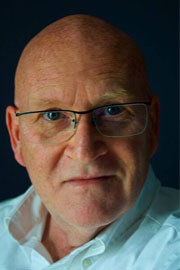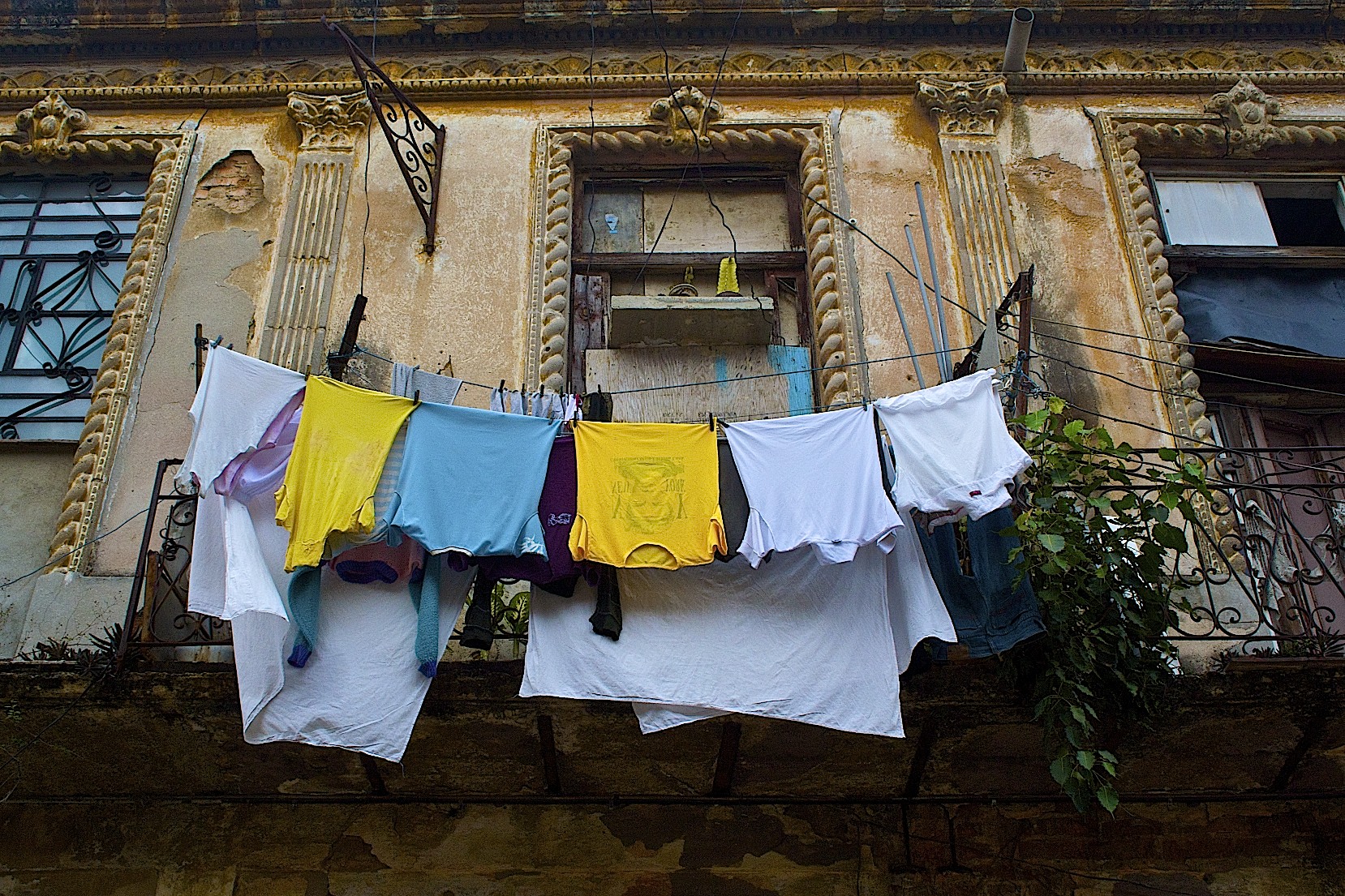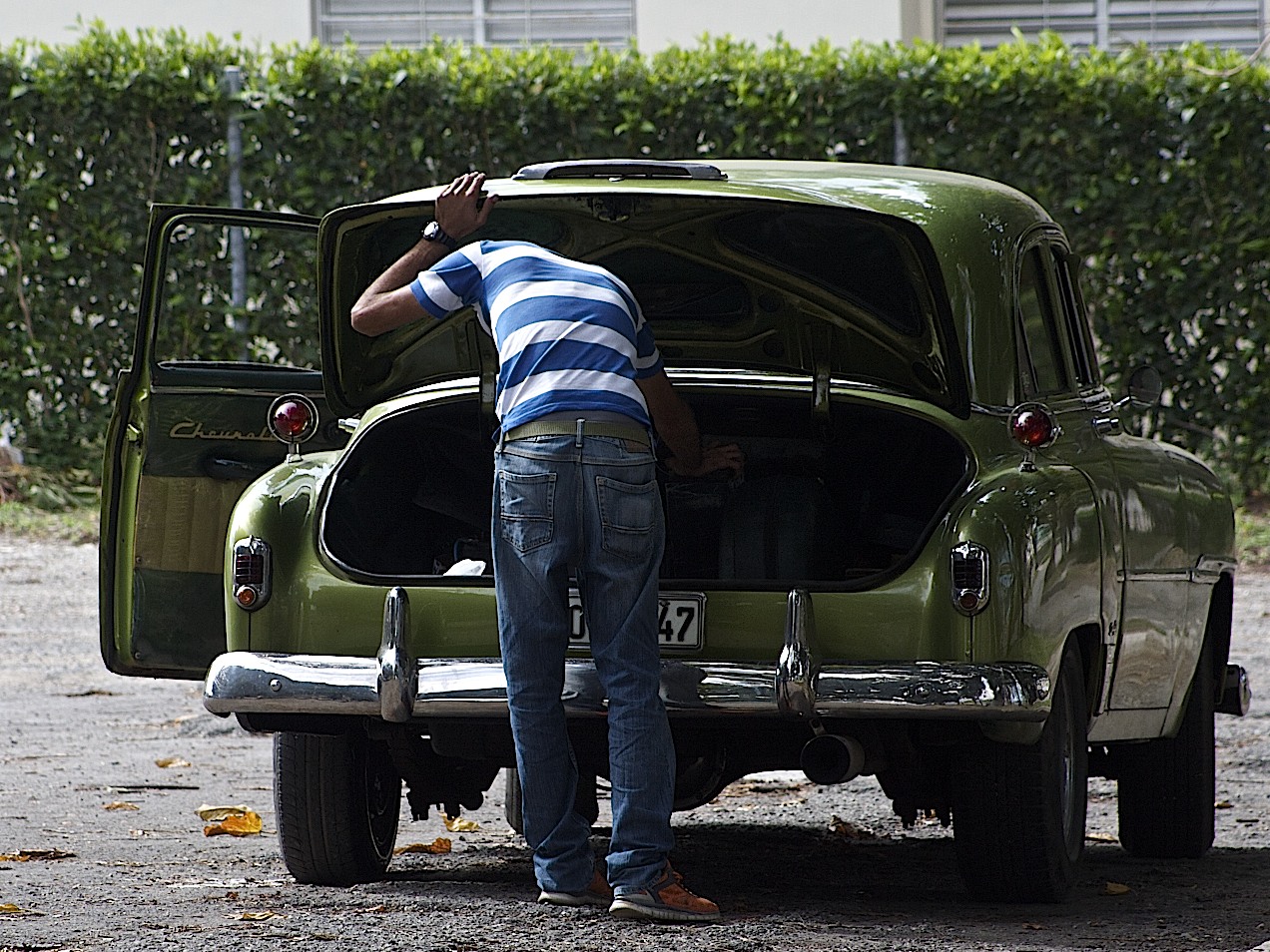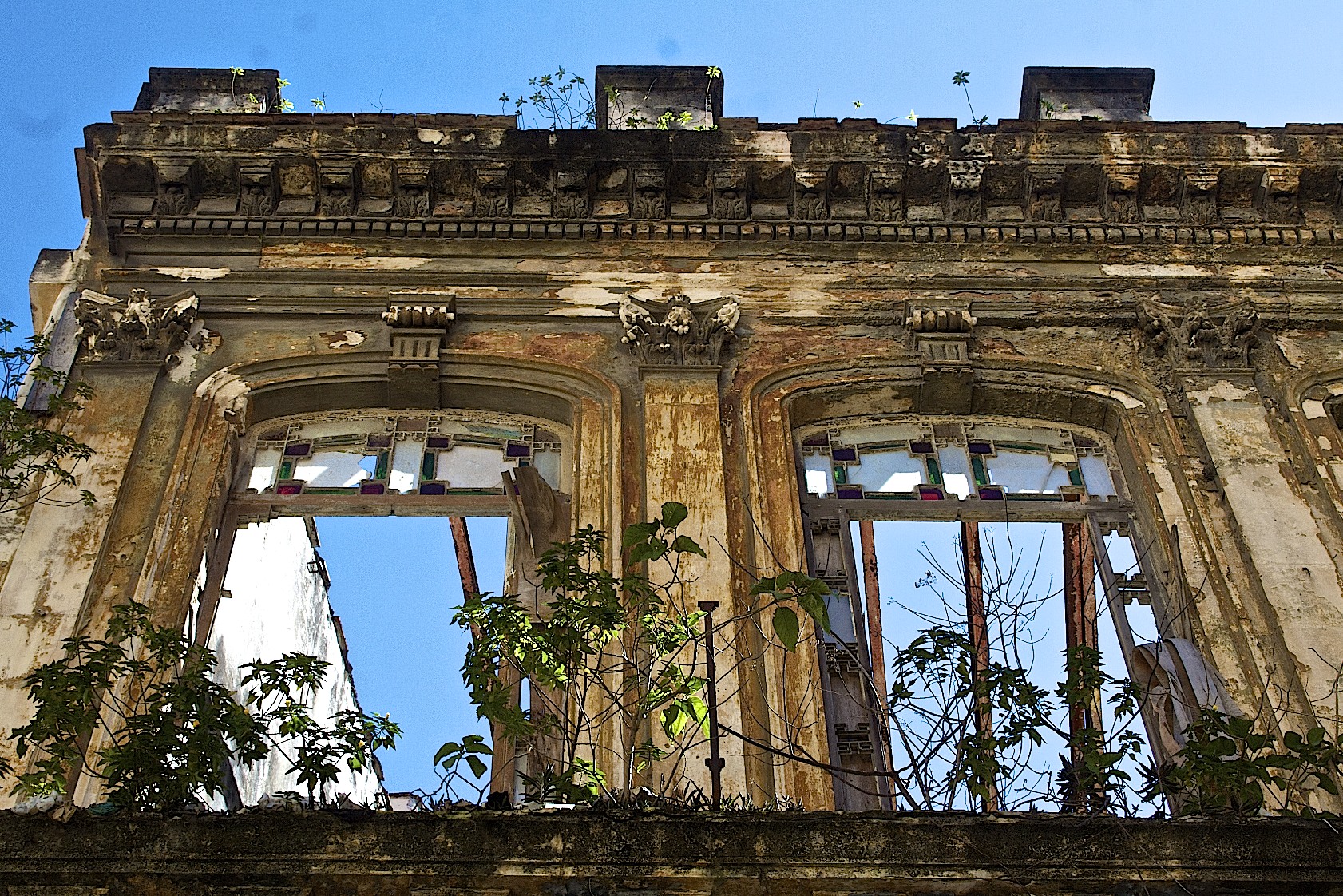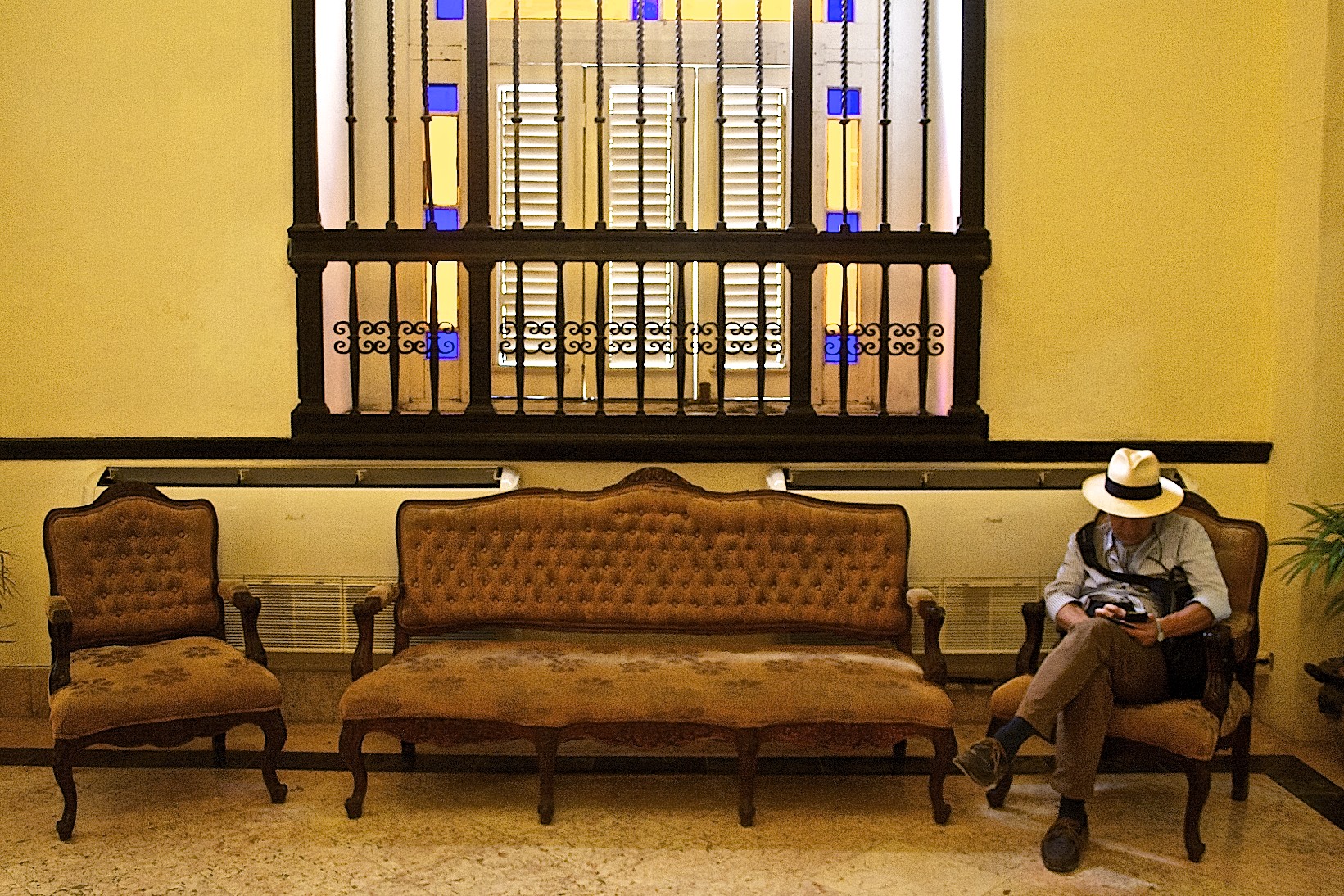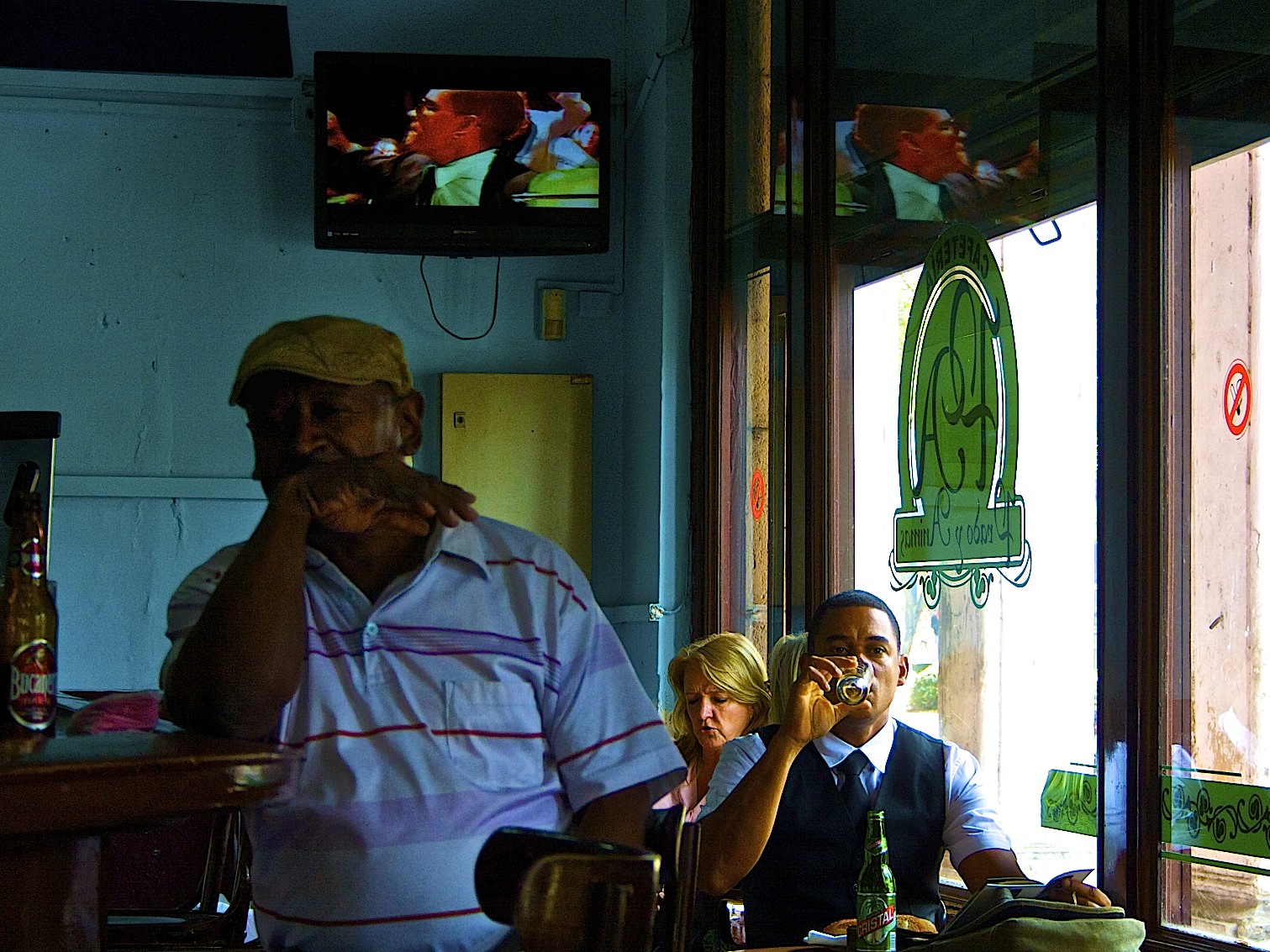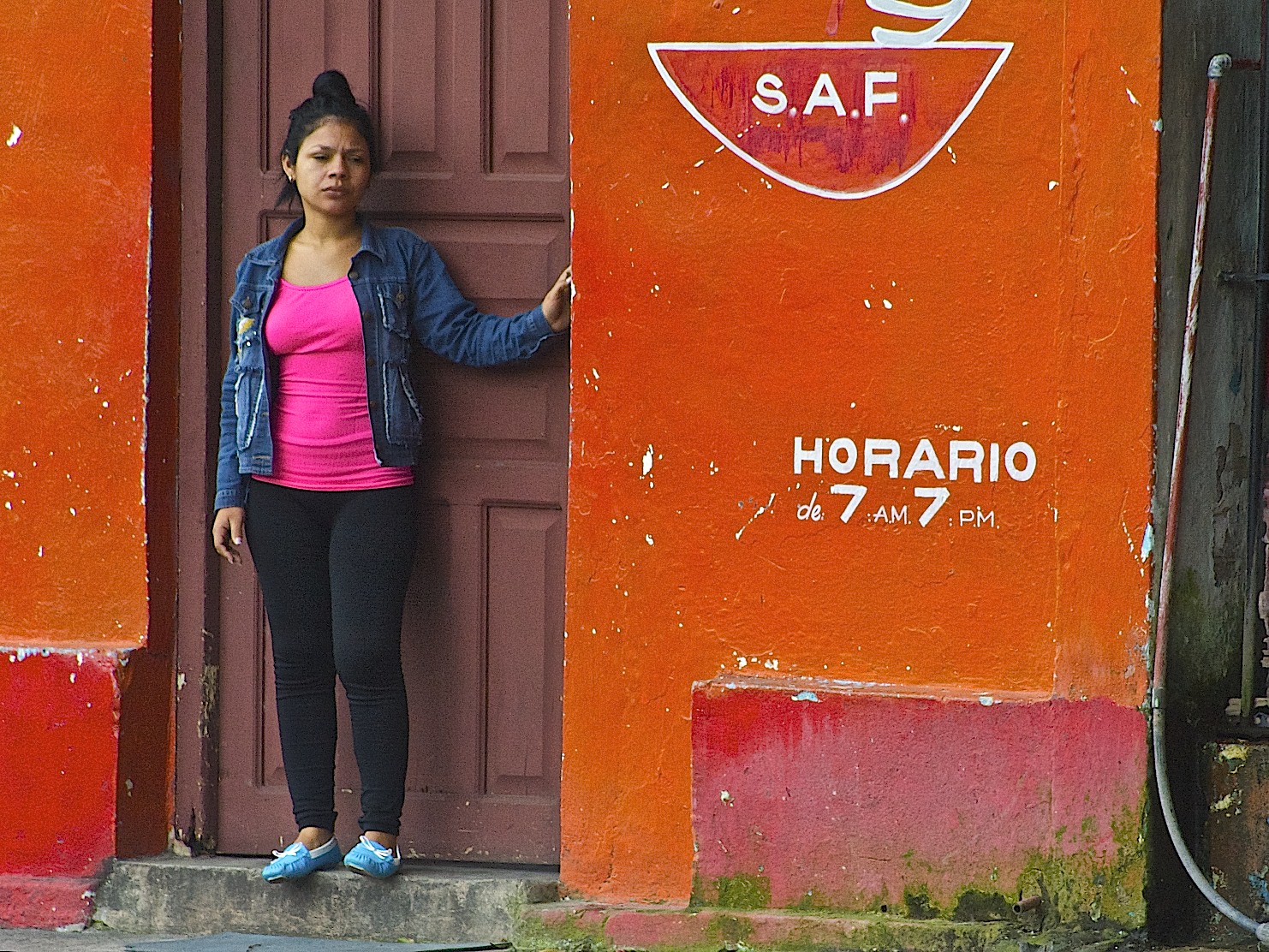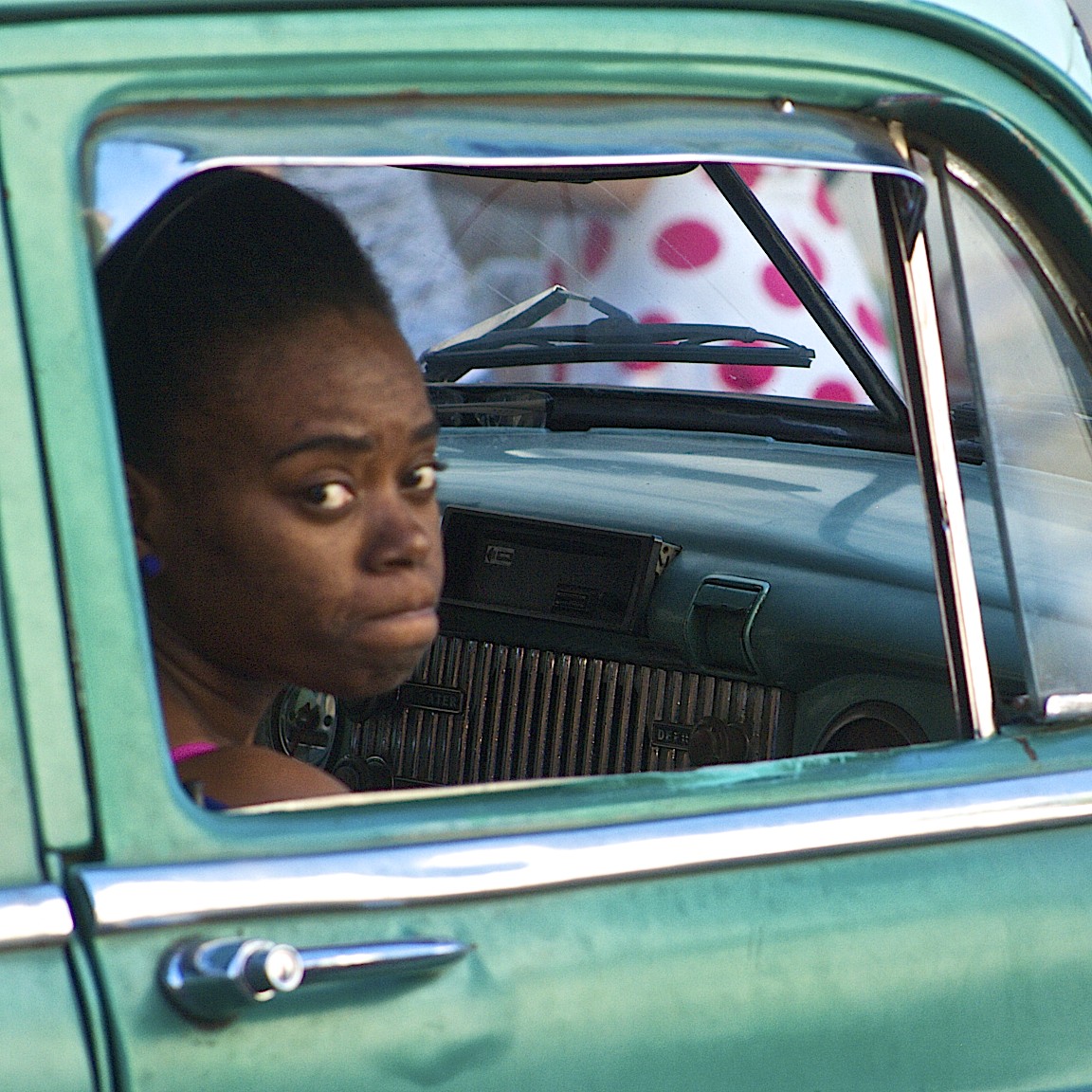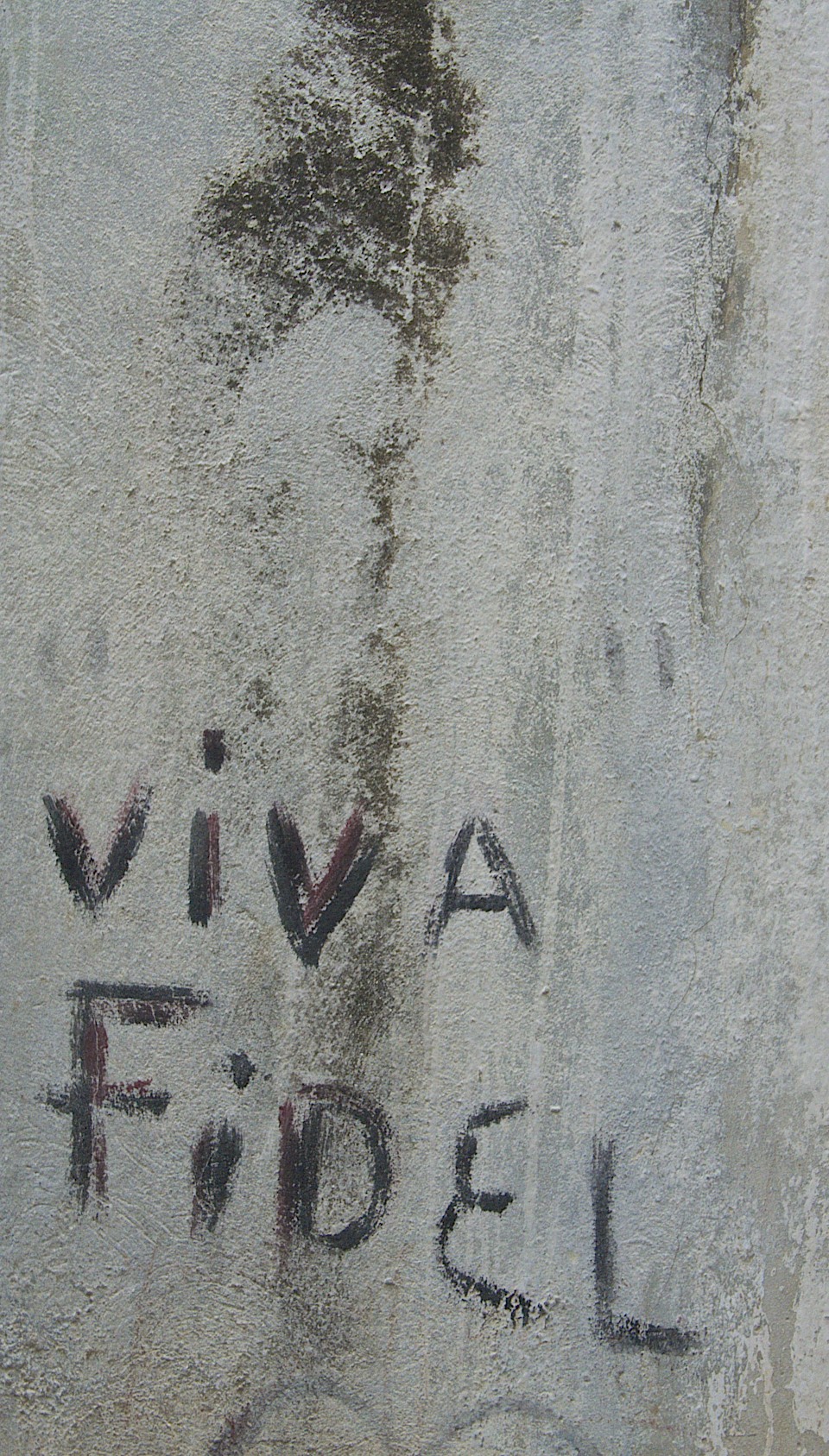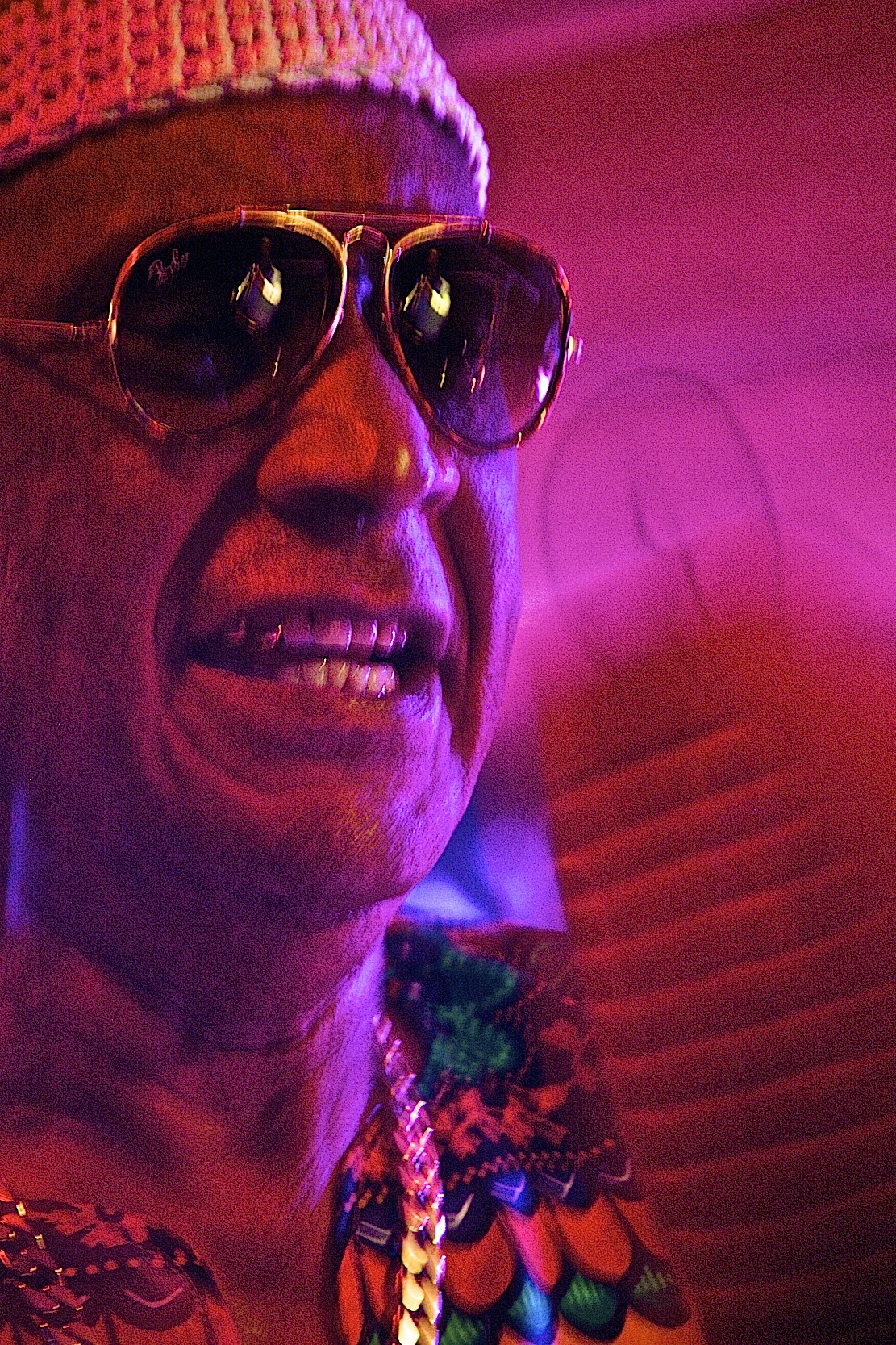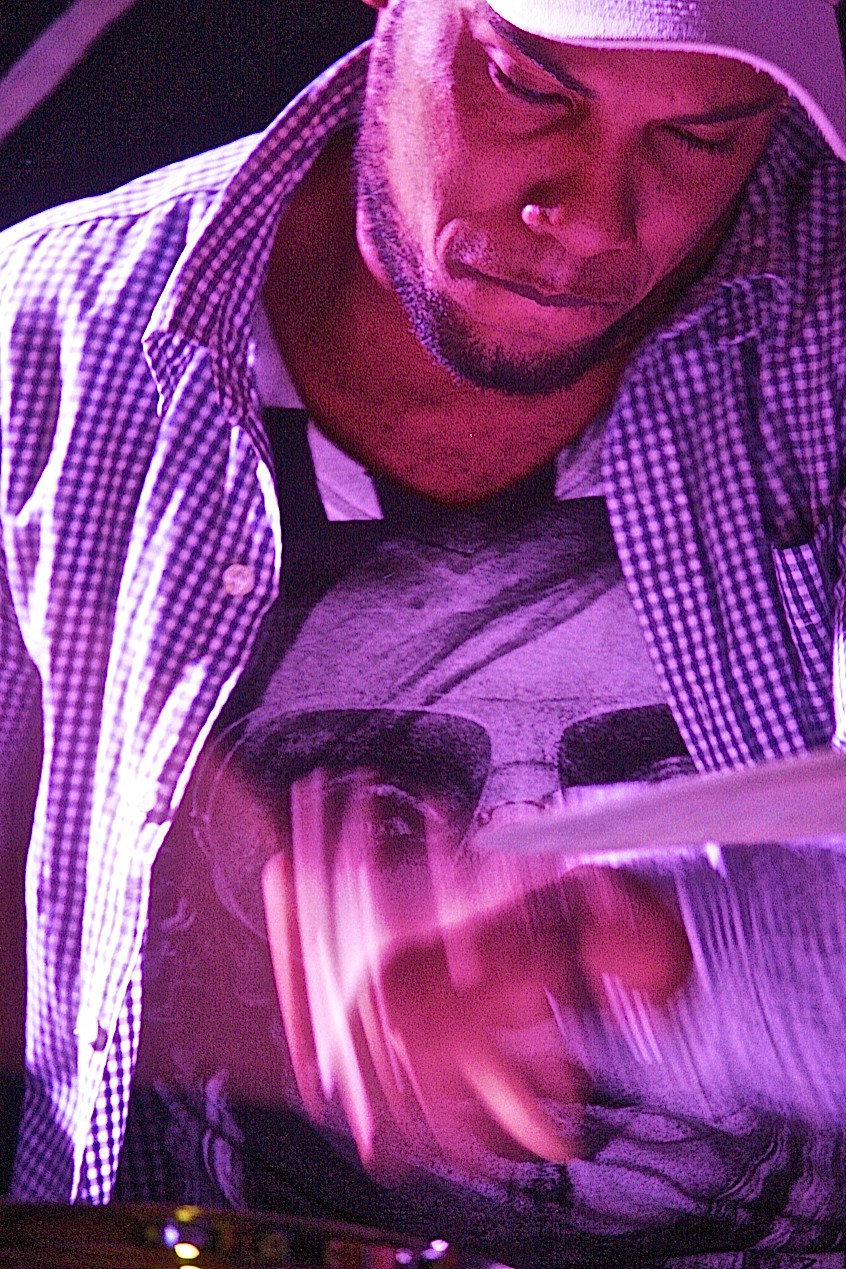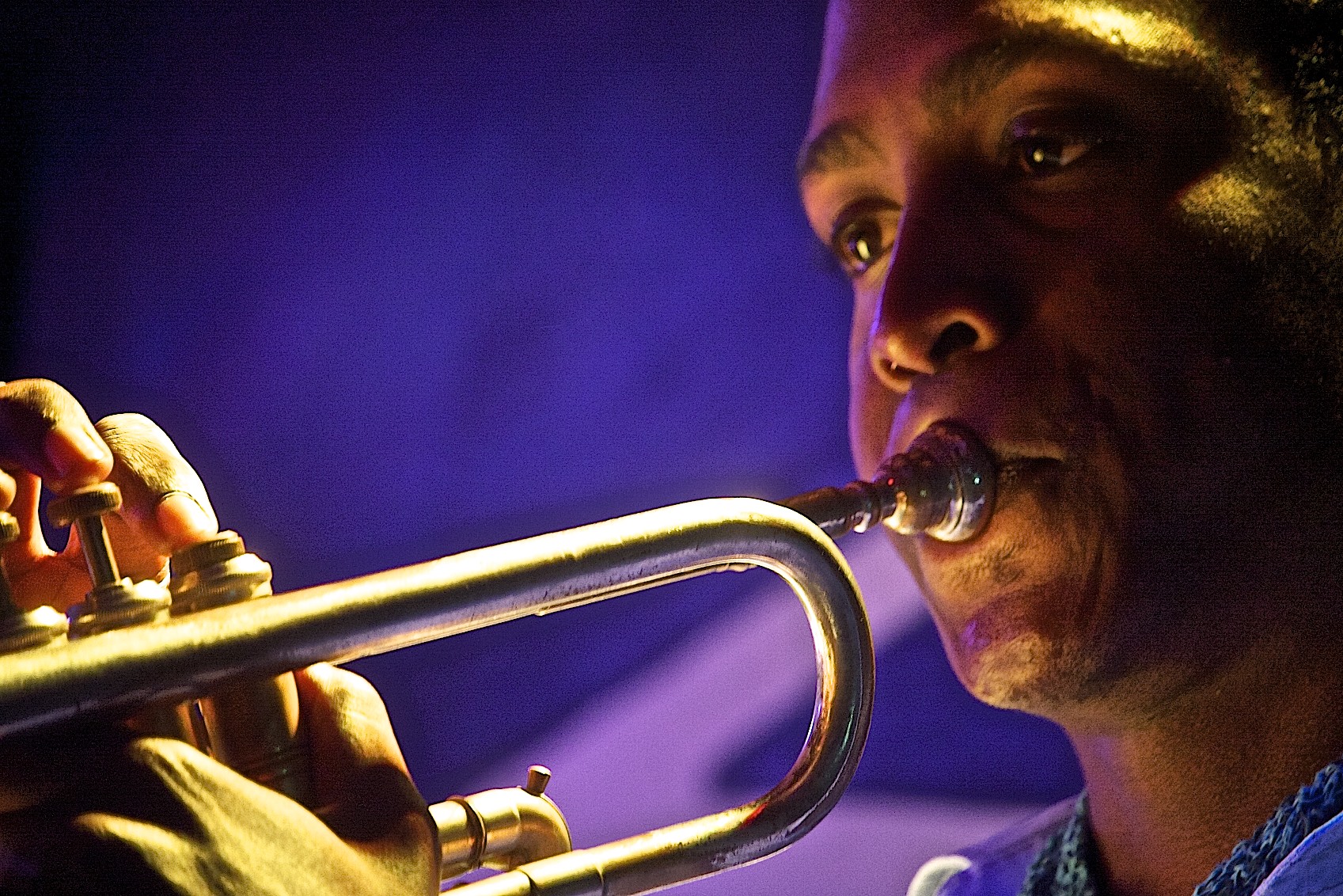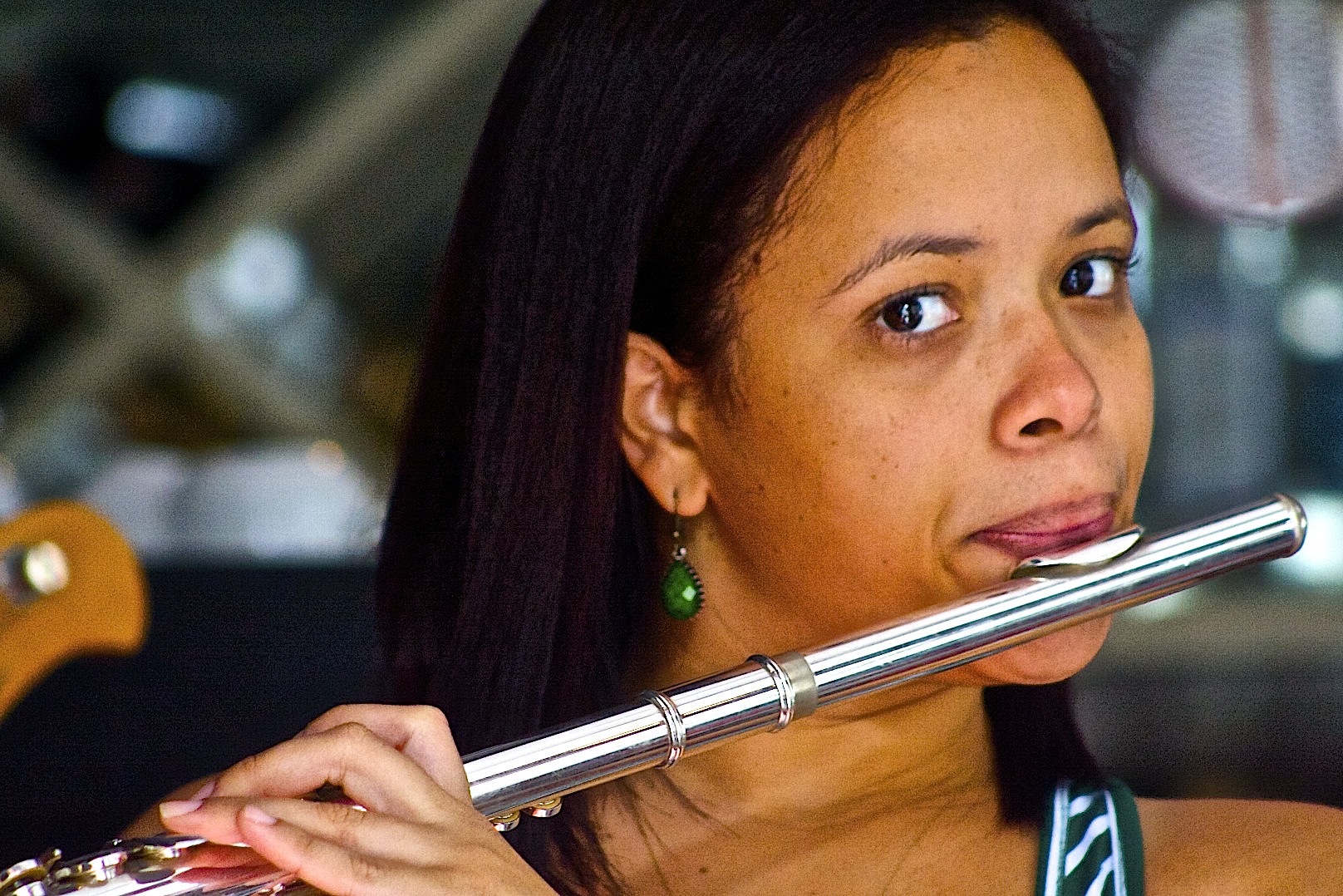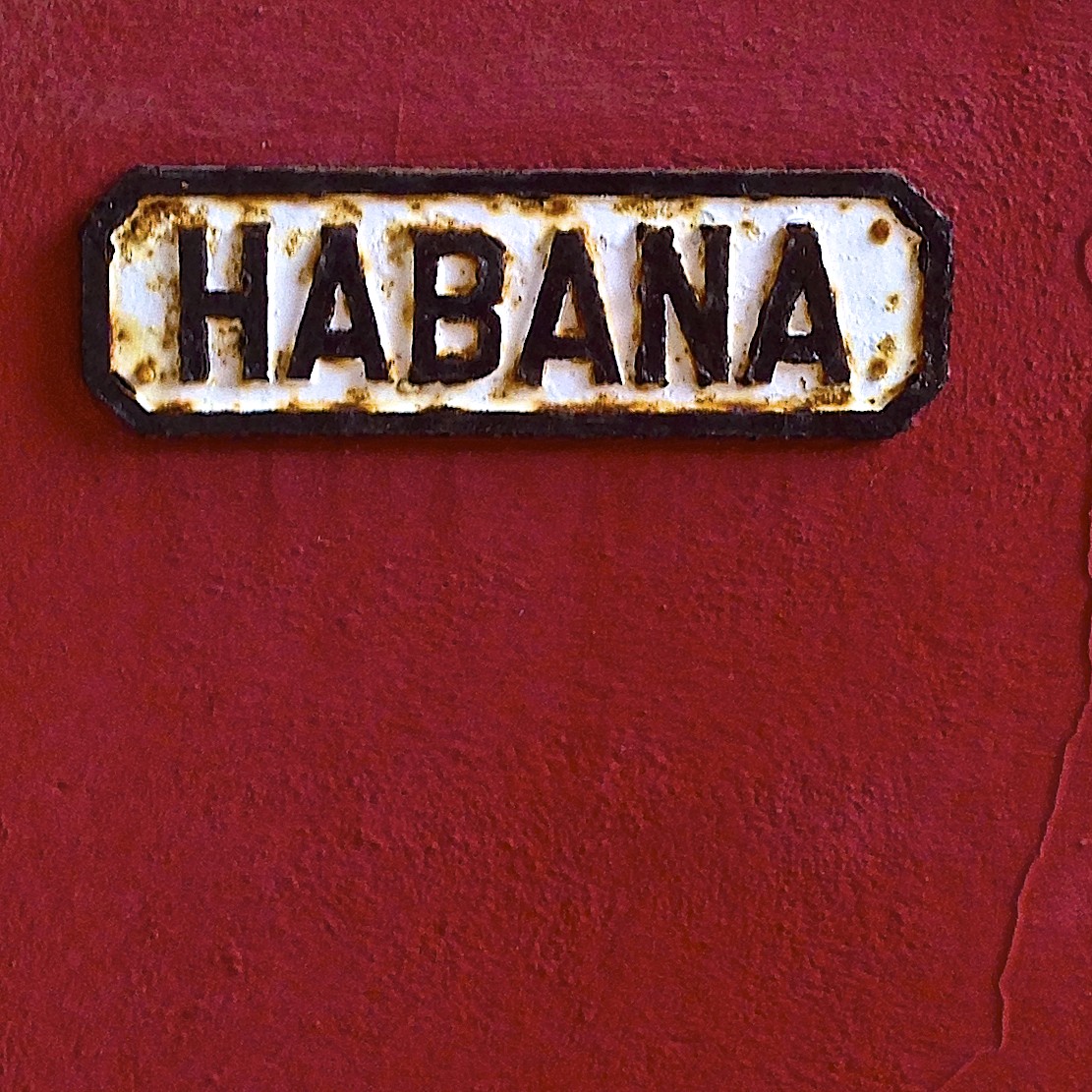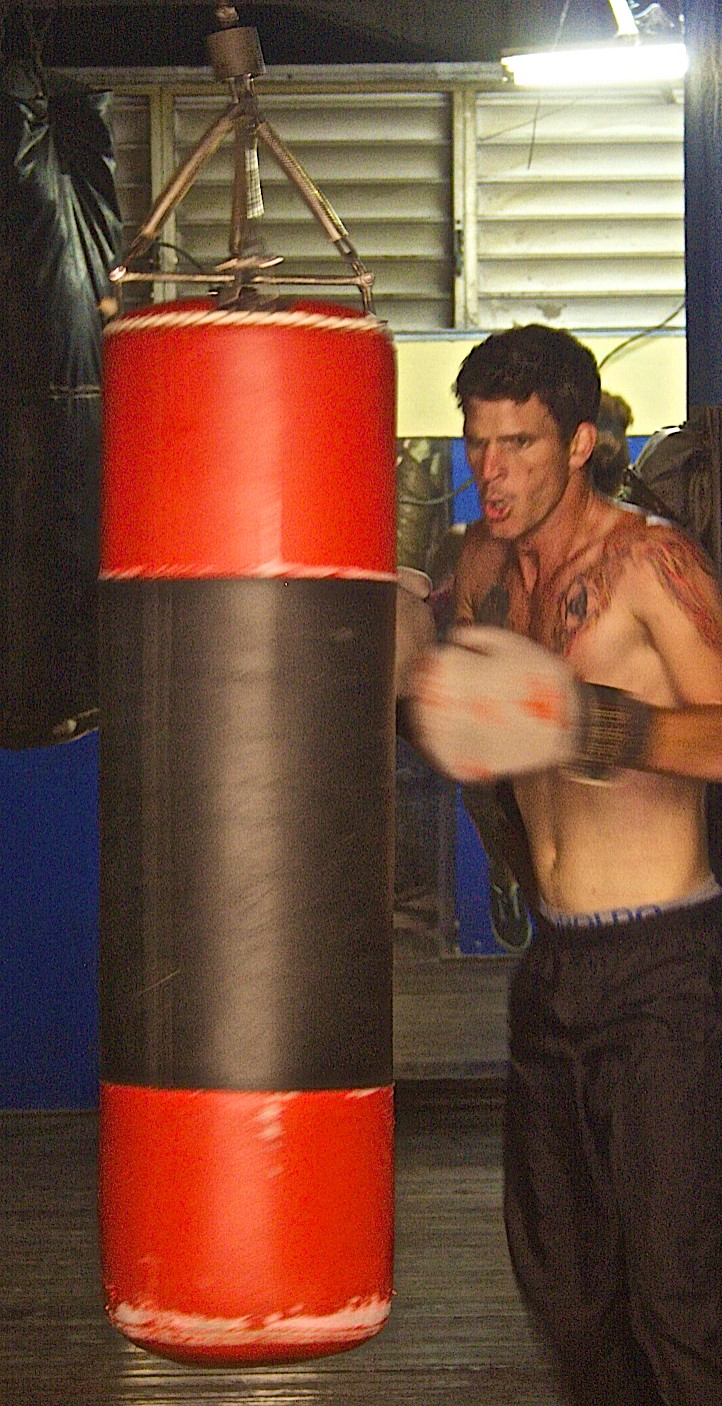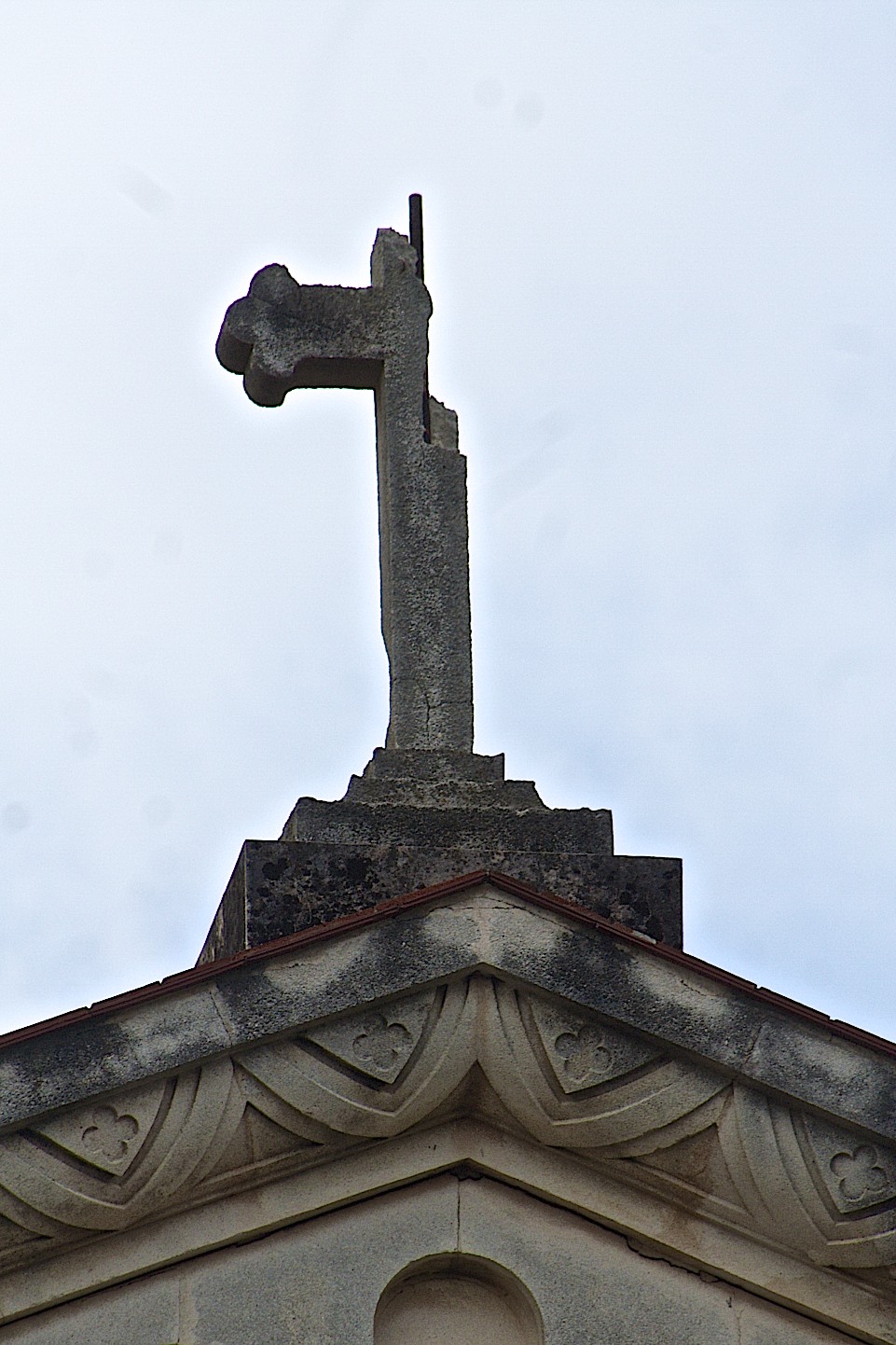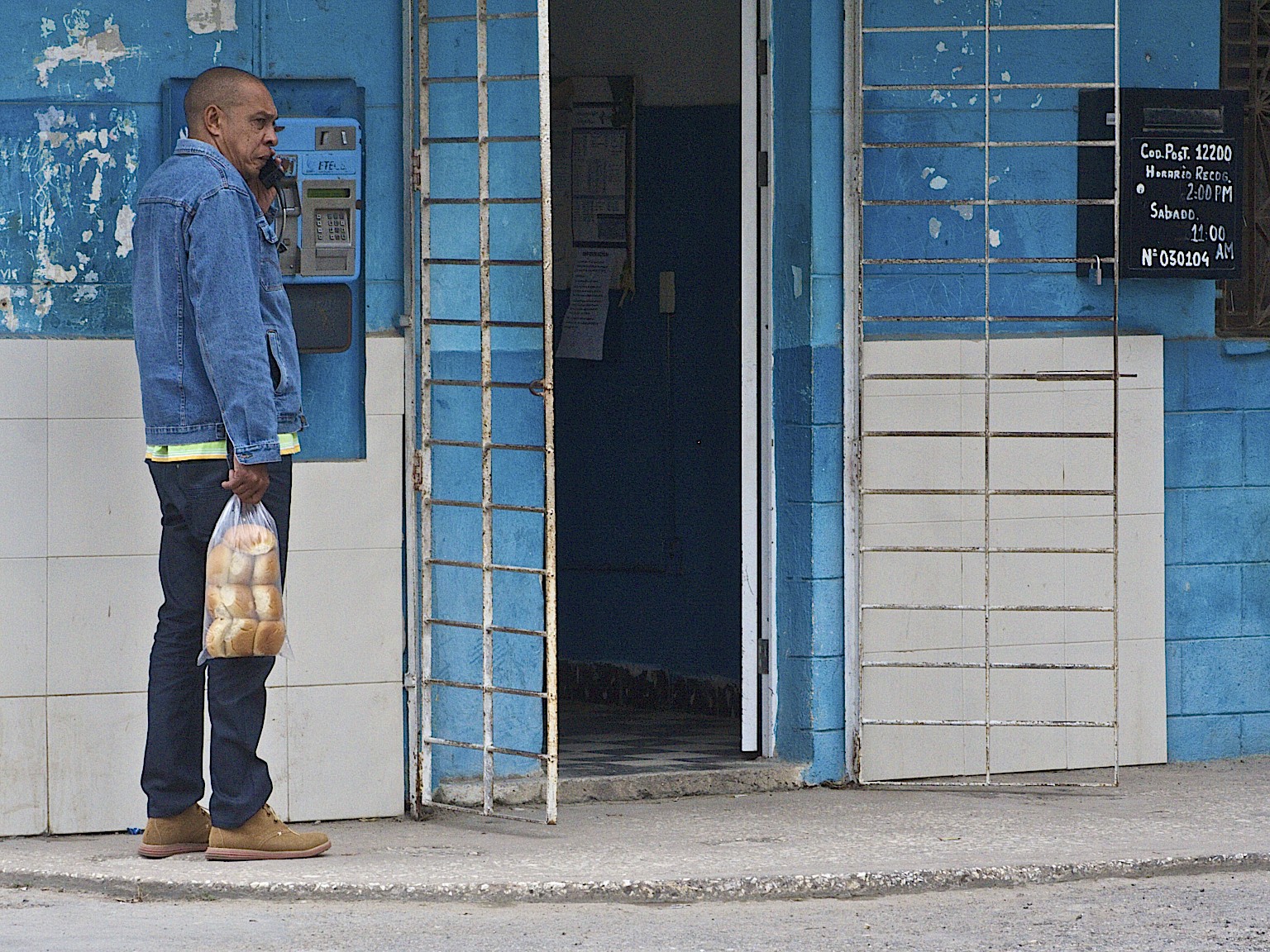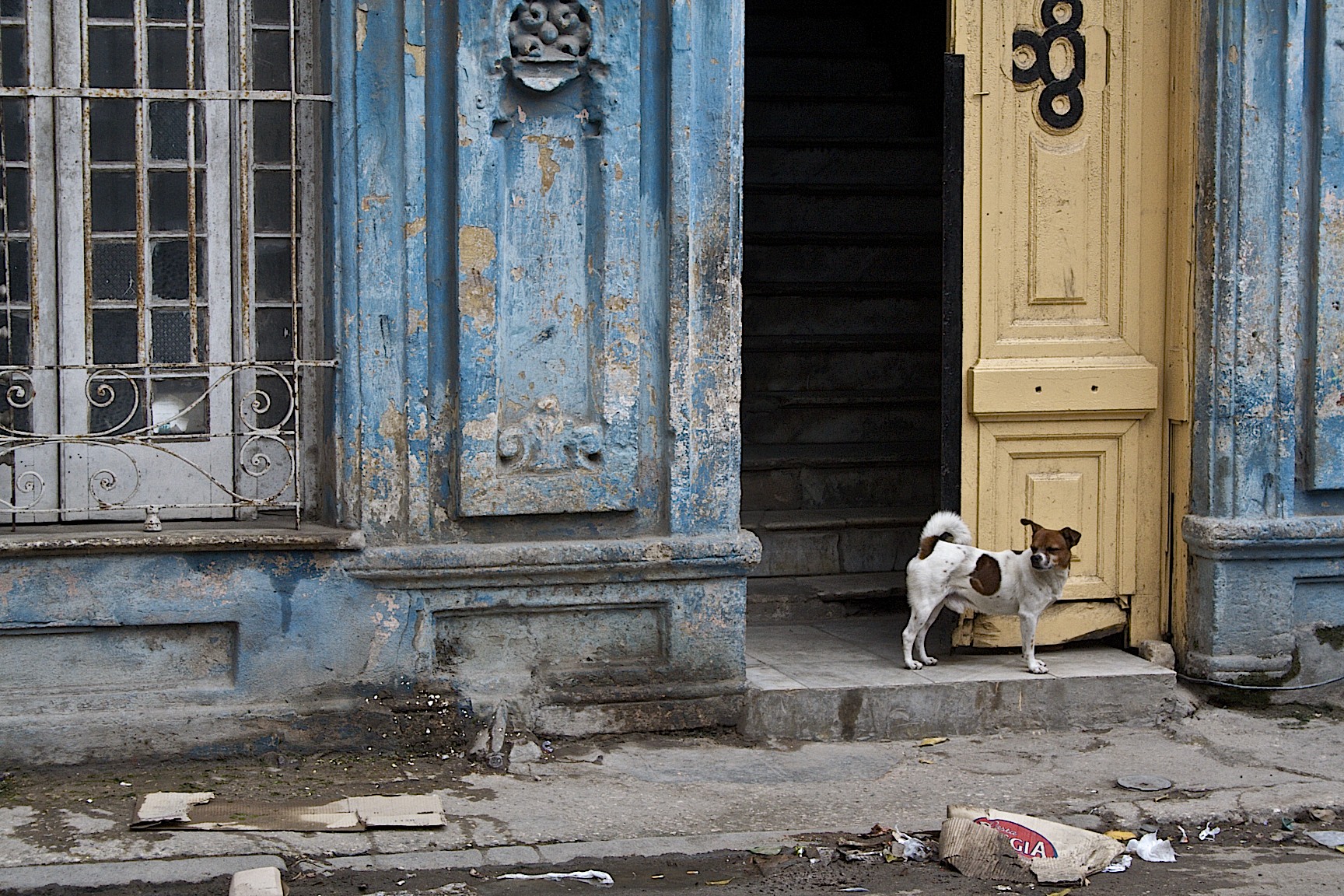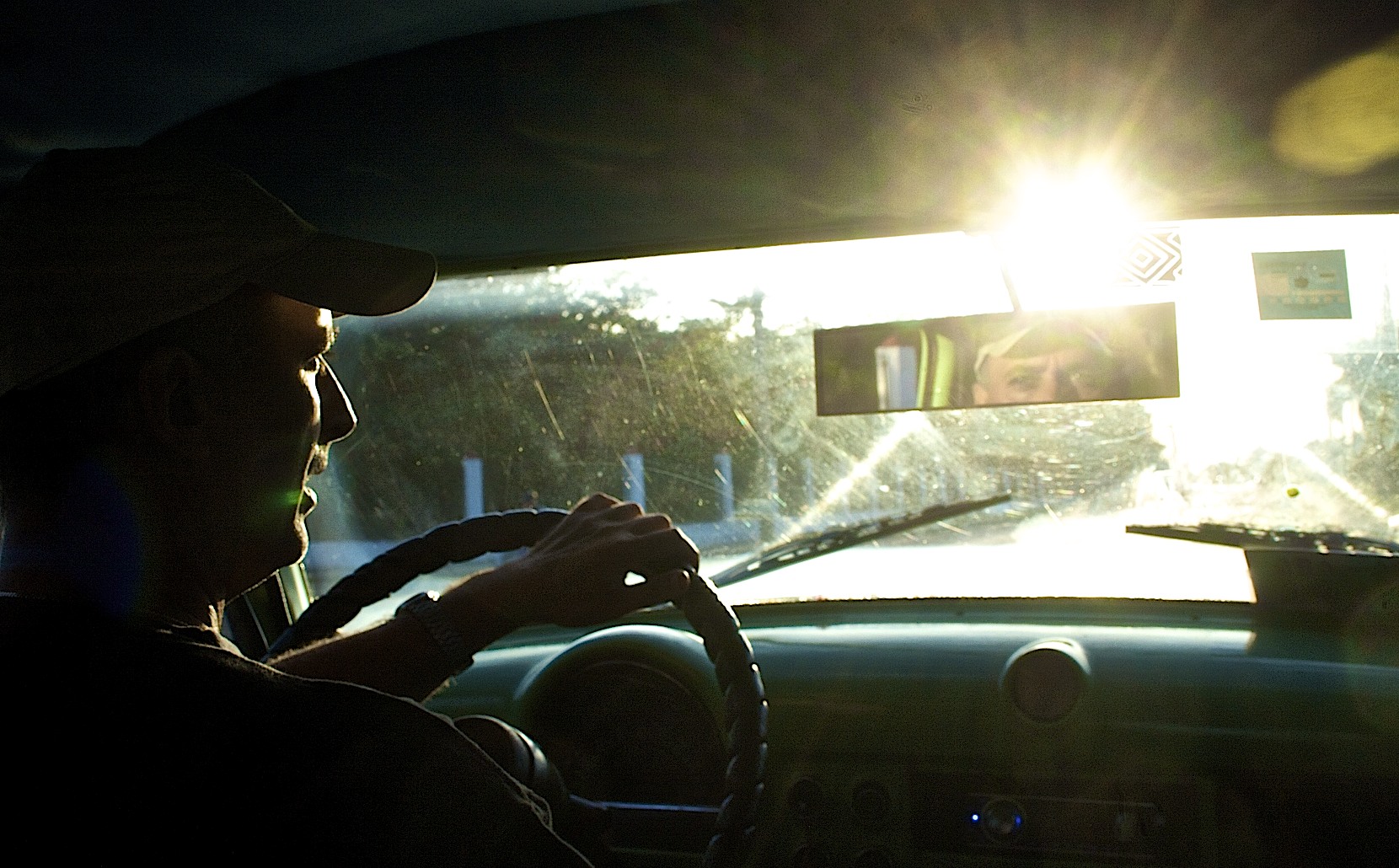Month: February 2016
Posted on February 17, 2016 by j.g.lewis // 1 Comment
Joyous music, handmade cigars, sandy beaches, and classic cars; very little has changed in Cuba. In fact, very little has had the opportunity to change since the United States government introduced severe economic sanctions more than 50 years ago.
Those of us on the outside, those who occasionally fly down for a winter vacation, really have no idea of the impact of those changes, other than what we see; a country stuck in the past.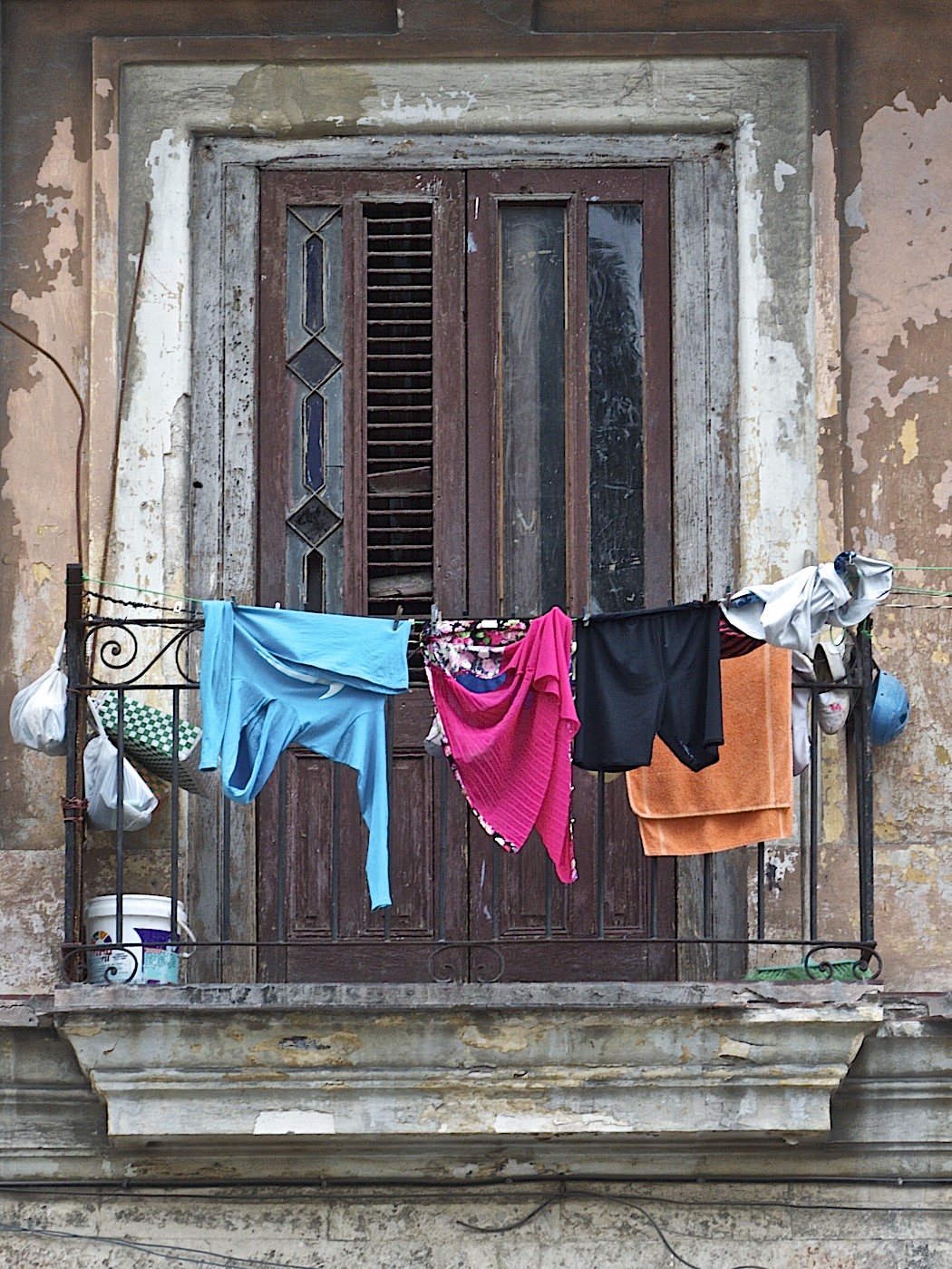
We are, apparently, on the verge of greater change as the Cuban and U.S. governments have announced a deal to restore commercial air traffic for the first time in decades. The agreement is yet another step in normalizing trade between the two countries, an initiative President Barack Obama announced in late 2014.
Recently the New York Times online offered a video highlighting the trendy side of the country, focused on Havana with its art, food and culture. This is a country looking forward to change, and the potential economic spinoff of all those tourists anxious to see the history, or drink a Mojito where Hemmingway once whet his whistle.
There is also a fear that the country, Havana in particular, will lose its historic look and feel and take on a more North American style. It may happen, yes, but it will not happen quickly.
Cuba, right now, moves slowly. No, it moves very slowly. Afternoon Siestas are still the norm, and there is not the rush of commerce. Shopping centers are found in name only, and there is very little on the shelves when it is offered. Much of the wares are beyond the modest means of the country’s population.
Efficiency could be a generation, or two, away. Easily. Let’s just say there is a big gap between rhetoric and reality.
Reality is a throwback to the 50s, most noticeable in the classic Oldsmobile, Chevrolet, Chrysler, and Ford autos that rumble down the streets. Vintage American cars, noisy, that have been lovingly restored, or maintained, by generations of owners. A cab driver will happily tell you his grandfather owned the car. He won’t tell you which parts from how many others cars have been used to keep the vehicle moving, but it is obvious.
Sadly, the beautiful period architecture that dates from the 1920s to the 1950s, has not been as well maintained, if at all. Decay and deterioration is disguised as charm, but there is no mistaking the tired and crumbling facades. Many of the dilapidated structures are still inhabited; others just sit vacant and wondering. You see it all over the city. An abandoned Catholic church stands weather-beaten and lonely, evident of the religious clashes during the Revolution. A headless St. Tomas still stands guard in front of the once-ornate structure, the bold marble cross now broken, but still offering hope.
When a friend cautions you against falling bricks, you are best to heed the advice and be cautious in certain areas.
Currently there is a strip of old buildings down by the waterfront — on the historic Malecón — being demolished, presumably to make space for new hotels and apartments. Tearing them down is easy; rebuilding the area will not be as swift, or as believable.
In any urban centre, any work revitalizing the core area involves displacing the poor and removing housing stock from a city’s inventory. One can only wonder where the people will go.
One also has to wonder how cooperative a communist government can truly be when dealing with potential capitalist business partners? There is, literally, a ton of money required to make up for the decades of neglect. Profit is the driving force of capitalism; communism has not the same concerns.
Still, even as it sits, the country remains an affordable option for Canadian and European tourists. It can be relaxing, the climate is wonderful, and the pace is slow. And you can still find a little magic along the way.
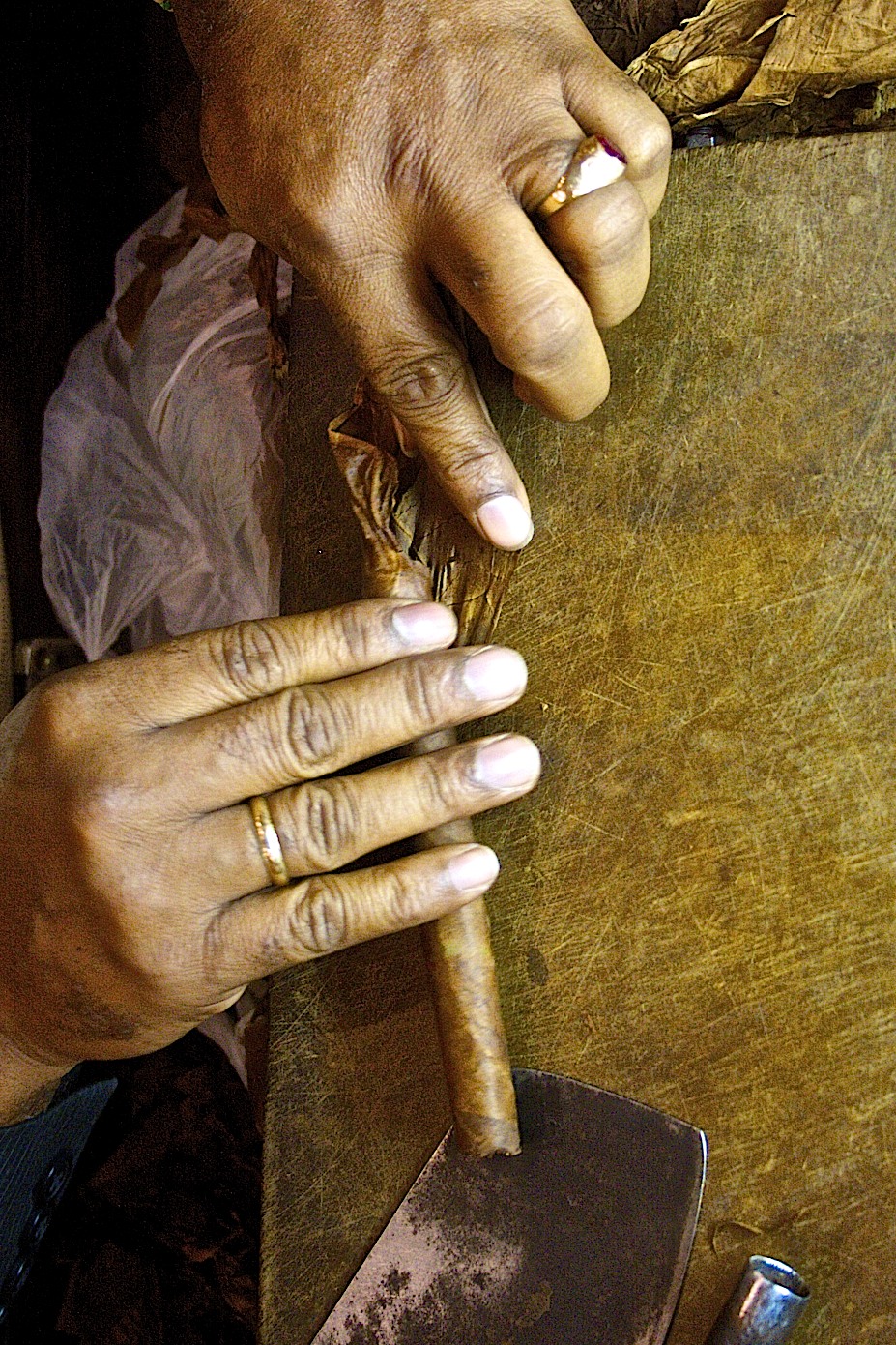 In Old Havana, there are a few galleries, artists, and artisans, in between the tiny tourist tuck shops selling T-shirts and offshore key chains and trinkets. You can find a craftsman who will make you the most succulent cigar, or settle into a café in the afternoon and catch a traditional Cuban combo. Late night you can still step into a jazz club and hear the likes of 70s Grammy winner Oscar Valdés and his band Diákara. Within blocks of the club you can dance salsa until the wee hours.
In Old Havana, there are a few galleries, artists, and artisans, in between the tiny tourist tuck shops selling T-shirts and offshore key chains and trinkets. You can find a craftsman who will make you the most succulent cigar, or settle into a café in the afternoon and catch a traditional Cuban combo. Late night you can still step into a jazz club and hear the likes of 70s Grammy winner Oscar Valdés and his band Diákara. Within blocks of the club you can dance salsa until the wee hours.
Downtown you will still find a few of the glorious, and well-cared-for, hotels that offer a bit of luxury and comfort that is appreciated. In between the old American cars, you will also find a newer higher grade of foreign car than the plentiful Ladas and Daewoos.
There is a certain dichotomy between the old and the new, and the shadow of history looms large over the city. And it will for some time. That is, in many ways, its charm, as much as it is the cross it will bear as it moves forward. Slowly.
Posted on February 17, 2016 by j.g.lewisLeave a comment
